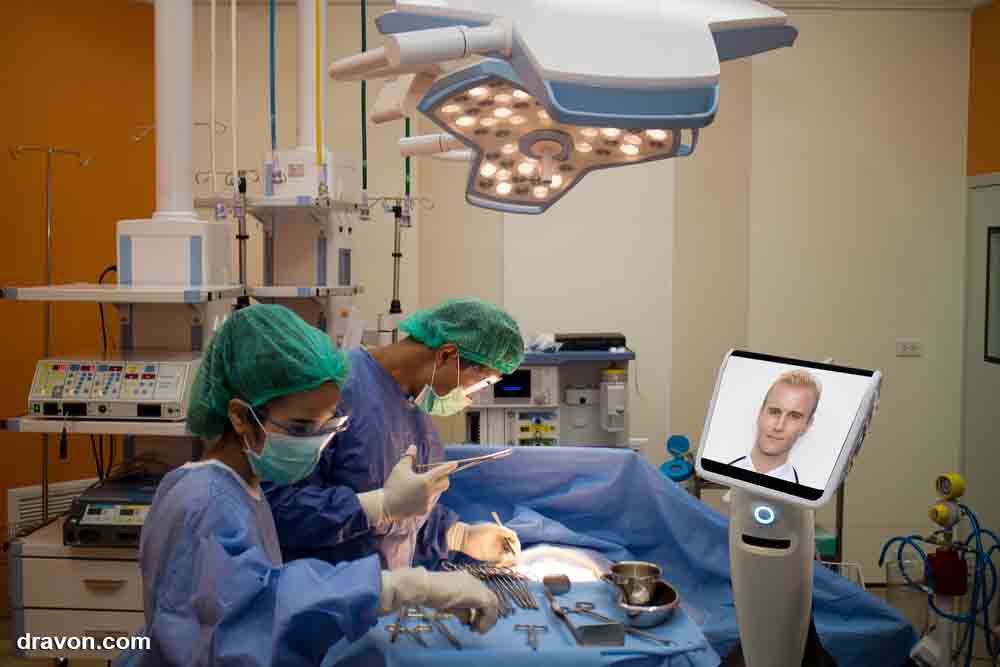Menu

Top Medical Device Trends in 2022
The medical device industry is continually changing and OEMs need to stay ahead of emerging trends to remain relevant. They also need to be prepared to adapt day-to-day operations based on the latest information. Therefore, there is an intense need for medical device manufacturers to build agility into their processes. This requires investing in new product development to meet the ever-changing needs of the market, while keeping existing product lines fresh and stocked to drive current revenue.
The COVID-19 pandemic has given rise to significant changes in this sector, including large demand fluctuations, increased telemedicine and remote patient care, and overnight new product opportunities. The pandemic has disrupted the medical device and life sciences market in ways that create significant risk and opportunity for companies. The pandemic is bound to impact the market for years to come. Here are 3 prominent trends for the medical device market in 2022 and beyond.
1. Surviving and thriving during the global supply chain crunch
It is hardly shocking that effectively mitigating the global supply chain crisis tops this list. Most experts agree that resolving the backlog of demand created during the pandemic will stretch beyond 2022. As with other sectors, the medical device manufacturing supply chain has not been spared. In fact, the medical device supply chain may be even more impacted than other sectors as many suppliers pivoted during the pandemic to deliver COVID products such as testing, treatment, and vaccine supplies. In addition to low inventories, companies have had to struggle with numerous challenges including raw materials, logistics, and transportation issues all attributable to the pandemic. These supply chain issues have led to long lead times, decreased confidence in lead times, lack of supply, and significant price increases.

Many medical device manufacturers now recognize that the global supply chain crunch is a growing risk to their survival. Consequently, there is an increased need for effective solutions. The keys to effectively managing the supply chain issue are improving future visibility to supply and demand, early planning, adjusting from just-in-time inventory philosophies, and the ability to be agile when facts on the ground change. Specific actions include forecasting demand up to a year or more, ensuring raw materials and subcomponents are on hand or on order with confirmed shipment dates, having reliable supply chain partners, increasing inventory levels, identifying replacement parts/materials and ensuring they are validated, and aligning production/orders with part availability. Finally, building strong relationships with your supply chain partners will be more critical than ever.
2. Increased Product Development Efficiencies
During the COVID-19 crisis, the ability to accelerate product development was on full display. The trend is to streamline the product development process and fast-track products to launch. One way to streamline product development, minimize use of internal human resources, and more efficiently launch products is partnering with an external product development firm. According to Grand View Research, the global product design and development services market is forecasted to grow at an 11.6% CAGR from 2021 – 2028. This will be an impactful trend in the medical device industry, and a company’s ability to effectively manage external development projects will be key to success.

Product design and development firms can accelerate project timelines due to their strong experience in design, prototyping, design documentation, and regulatory approvals. However, there are several essential requirements to managing successful external development projects. First, it is critical to work with the product development partner to create a project plan with clear checkpoints, responsibilities, and decision-making structures. Determining who is responsible for the voice-of-customer, user needs, design labs, packaging and labeling design, regulatory approval, and ensuring brand compliance are important items to consider. In addition, it is important to have an internal cross-functional team overseeing the project and planning product integration, including how the quality documentation will be incorporated and approved.
3. Internet of Things (IoT) Opportunities and Threats
The “Internet of Things” refers to the burgeoning ecosystem of connected devices and systems. This ecosystem is increasing every day and includes networks of computers, phones, watches, office equipment, industrial machines, medical diagnostic equipment, medical monitors, etc. In turn, this has now opened up opportunities for the medical device industry and other industries to incorporate advanced computing and connectivity into their products. The internet of things is helping to drive telemedicine, remote monitoring, and remote healthcare. These are key innovations that have exploded since the pandemic began in March 2020. Companies that are positioned to leverage IoT in existing and future products will be prepared to ride the wave of success in the years to come.

Understanding the regulatory, validation, and HIPAA requirements for these connected products will be paramount to achieving success. Companies must also be aware of the risks of IoT including HIPAA violations and cybersecurity threats. In addition to product safety and effectiveness, protection of patient personal and health information must be a top priority. Finally, hospitals and companies have been hit with a spate of ransomware attacks recently that have led to shutdowns, large ransom payments, and loss of critical data. IoT only increases cyberattack risk by increasing the connectivity of systems and data loss potential. Cybersecurity and ransomware protection must be ready for the coming storm.